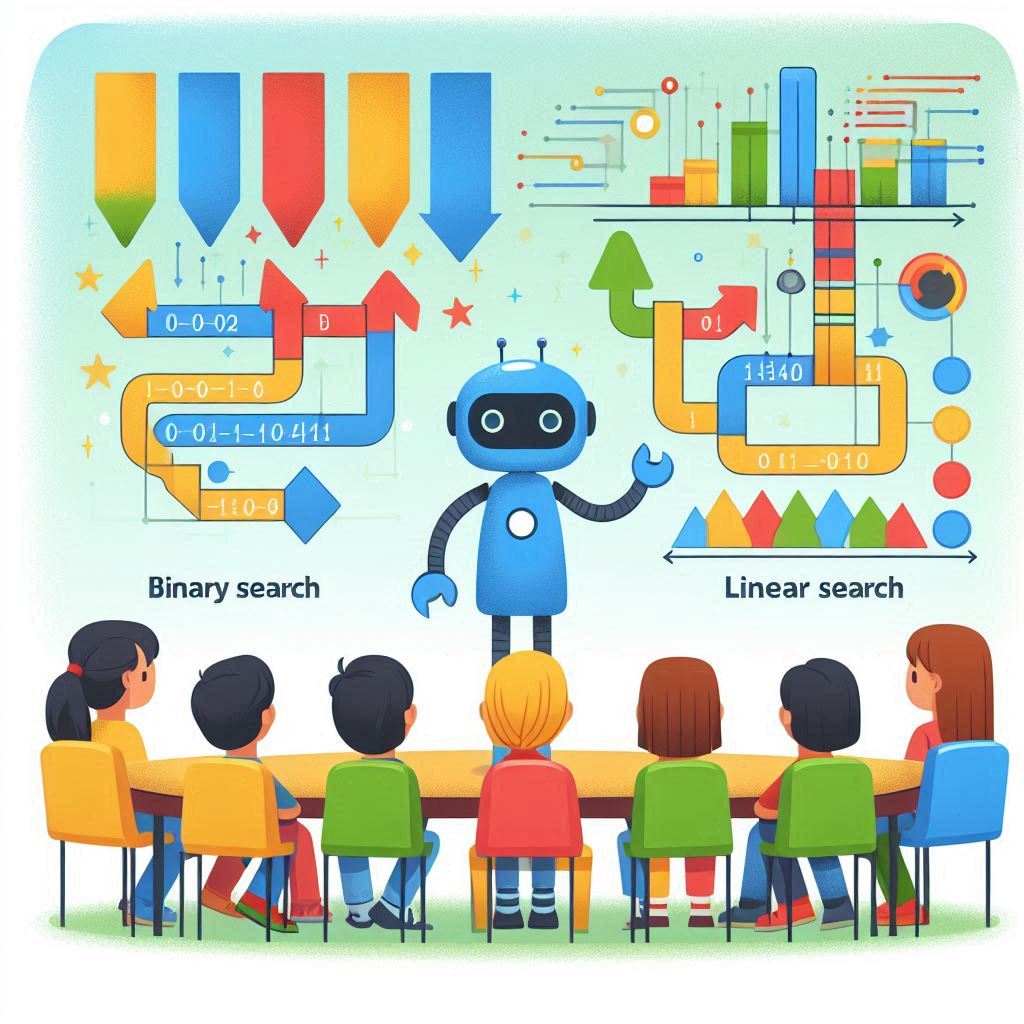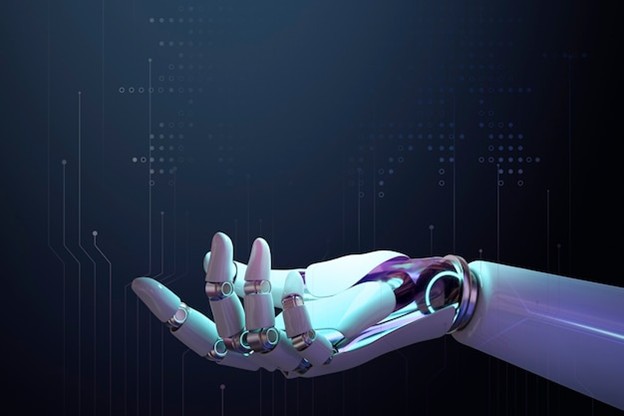Author: 0
-
Parallel Computer Architectures: How Modern Systems Multiply Their Brainpower
In today’s world, computing demand far outpaces what a single processor can deliver. Whether simulating the cosmos, designing drugs, or rendering 3D graphics in real-time, the hunger for performance is insatiable. But there’s a limit to how fast a single chip can go—so instead of making processors faster, engineers make them work together. This is…
-
15 Fascinating and Strange Discoveries from the Arctic
The Arctic, one of the most remote and extreme environments on Earth, has long captivated explorers and scientists with its hidden wonders. Beneath the frozen landscapes and icy seas lie some of the most extraordinary natural and historical discoveries ever made. From ancient viruses to living fossils, this countdown explores 15 of the most intriguing…
-
What Is Reality? From Plato to Particle Physics
Reality is the most fundamental—and perhaps most elusive—question we can ask. What is it? Is it what we see, touch, and measure? Or something deeper, hidden behind the veil of perception? From Plato’s Allegory of the Cave to the paradoxes of quantum mechanics, our understanding of Reality has shifted dramatically across centuries. This article journeys…
-
Exploring Identity and the Observer Effect through Alice in Wonderland
Exploring Identity and the Observer Effect through Alice in Wonderland In Alice ‘s Adventures in Wonderland, the Caterpillar ‘s existential question to Alice, who are you? encapsulates a moment of self-doubt and questioning of identity, which resonates within quantum mechanics as a field grappling with the nature of reality itself. The field of quantum mechanics…

-
Machine Learning with Python: A Comprehensive Guide to Algorithms, Tools, and Best Practices
Enter Fullscreen Mode Summary The purpose of this book is to guide you step by step through the entire process of working with various machine learning algorithms. First you will learn the basics of working with Python in order to acquire the basic knowledge needed to understand machine learning. In each chapter you will learn…

-
Binary Search vs. Linear Search
Binary Search vs. Linear Search: The Art of Finding What You Need Fast In computer science, searching is everything. Whether it’s looking up a contact on your phone or querying a massive dataset in a cloud database, how you search can dramatically impact performance. In this post, we’ll explore two fundamental techniques: Linear Search and…

-
Elementary Graph Algorithms Explained: Concepts, Code, and Real-World Use Cases
Introduction Graphs form the backbone of many systems we use daily—navigation apps, social networks, recommendation engines, and more. Understanding how to represent and traverse graphs is essential in computer science. This article focuses on elementary graph algorithms: how graphs are represented, and how to explore them using breadth-first search (BFS) and depth-first search (DFS). Graph…
-
Photosynthesis: Nature’s Power Grid and Earth’s Cleanest Engineer
Plants are more than just background scenery—they are the silent architects of life on Earth. These living powerhouses harness sunlight, purify air, and even show potential for sustaining life in space. At the heart of it all? Photosynthesis, the elegant and ancient process that fuels our biosphere. This article explores how plants do what they…

-
Understanding Elementary Particle Physics Through Everyday Life
Elementary particle physics often seems abstract—an arena of quarks, bosons, and interactions far removed from daily experience. Yet these foundational principles underpin much of what we see, touch, and use. From the screen you’re reading this on to the light above you, the smallest building blocks of matter are silently at work. This article connects…
-
Artificial Intelligence Basics: A Self-Teaching Introduction
Enter Fullscreen Mode Summary Designed as a self-teaching introduction to the fundamental concepts of artificial intelligence, the book begins with its history, the Turing test, and early applications. Later chapters cover the basics of searching, game playing, and knowledge representation. Expert systems and machine learning are covered in detail, followed by separate programming chapters on…
